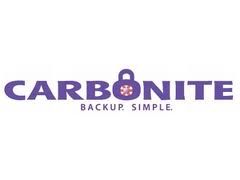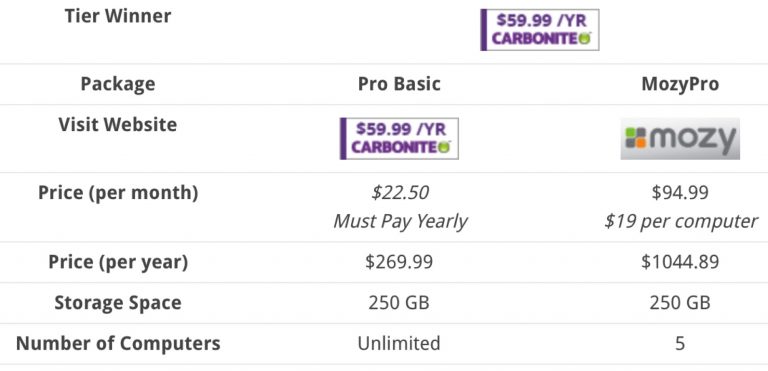

Learn more about the critical capabilities needed for cloud-based backup plus learn about two more by attending our on demand webinar “ 5 Critical Enterprise Cloud Backup Capabilities”. To learn more about these three advantages watch the Lightboard. A cloud-based recovery saves the organization from having to pay for a dedicated site or rent space at a hosting facility. Recovery can occur in the cloud with minimal interaction from IT. Push-button recovery of mission critical systems is ideal for these situations. Without broad platform support the customer is forced to either not use cloud backup for everything or use multiple backup solutions which increases complexity.Īt some point, disaster will strike the organization, or the ramifications of a potential disaster are significant enough that IT needs to plan for it. Many organizations and certainly most enterprises have Linux servers as well as a variety of legacy platforms like AIX, Solaris, HP-UX, and even IBM I Series. Most only provide VMware and Hyper-V support. An on-premises storage area, even with only a few days’ worth of backup data, can fulfill the most common recovery needs.Įnterprise class platform support is very unique in cloud backup solutions. I’ve tried local backup and online backup, and seen some of the pros and cons of the various services out there. Most recoveries are for a single or group of files that have been accidentally deleted or corrupted via a ransomware attack. The reality is that organizations don’t face a disaster every day. It should allow users, through policy, to control how much data are stored on-premises so that the organization is not overwhelmed in secondary storage capacity. The on-premises component should act more like a cache than a storage device. Each platform also uses block-level transfer, a system that reduces the amount of data that needs to be sent to the cloud when updating files that have already been backed up.Cloud solutions offering an on-premises component, are increasingly common but that component has to be intelligent in how it is used. This is helpful if you want to limit how much bandwidth your data transfers use while you’re working. You can also request a hard drive with your files to restore large amounts of data.Ĭarbonite doesn’t offer a similar service, so initially backing up your computer to the cloud can take several days.īoth IDrive and Carbonite enable you to throttle or pause your uploads at any time. Your subscription comes with IDrive Express, a physical hard drive delivery service. Simply request a drive to be mailed to you, transfer your files onto it via USB, and mail it back to IDrive to have your files uploaded to the company’s servers directly. However, keep in mind that Mozy is a Dell technology product, so they naturally focus on providing corporate and enterprise-grade solutions. IDrive also stands out if you have terabytes of data to upload to the cloud or restore to your computer. Today we’ll be focusing on the home versions of cloud backup solutions.
#Carbonite vs. mozy download
By contrast, Carbonite took 25 minutes to download the same folder. On the plus side, Carbonite’s desktop client is incredibly easy to use and gives you the option to restore files immediately upon opening. We also restored 1.1GB of files from the cloud, and found that IDrive took around 18 minutes. Acronis does image level backups better than Mozy / Carbonite Safe whereas Barracuda Backup is a much more expensive (but worthwhile) investment. This is a good solution for home office users.


Carbonite Safe is very good for backing up workstations including home computers. IDrive completed the transfer in just over 90 minutes, while Carbonite took over three hours. It ranks nicely with Acronis and Carbonite Server Backup.
#Carbonite vs. mozy zip
We tested out both services by uploading a 16.8GB zip folder. IDrive is one of the fastest backup services we’ve tested, while Carbonite lags far behind. Carbonite was slower than IDrive at both uploading and restoring files (Image credit: Carbonite)


 0 kommentar(er)
0 kommentar(er)
